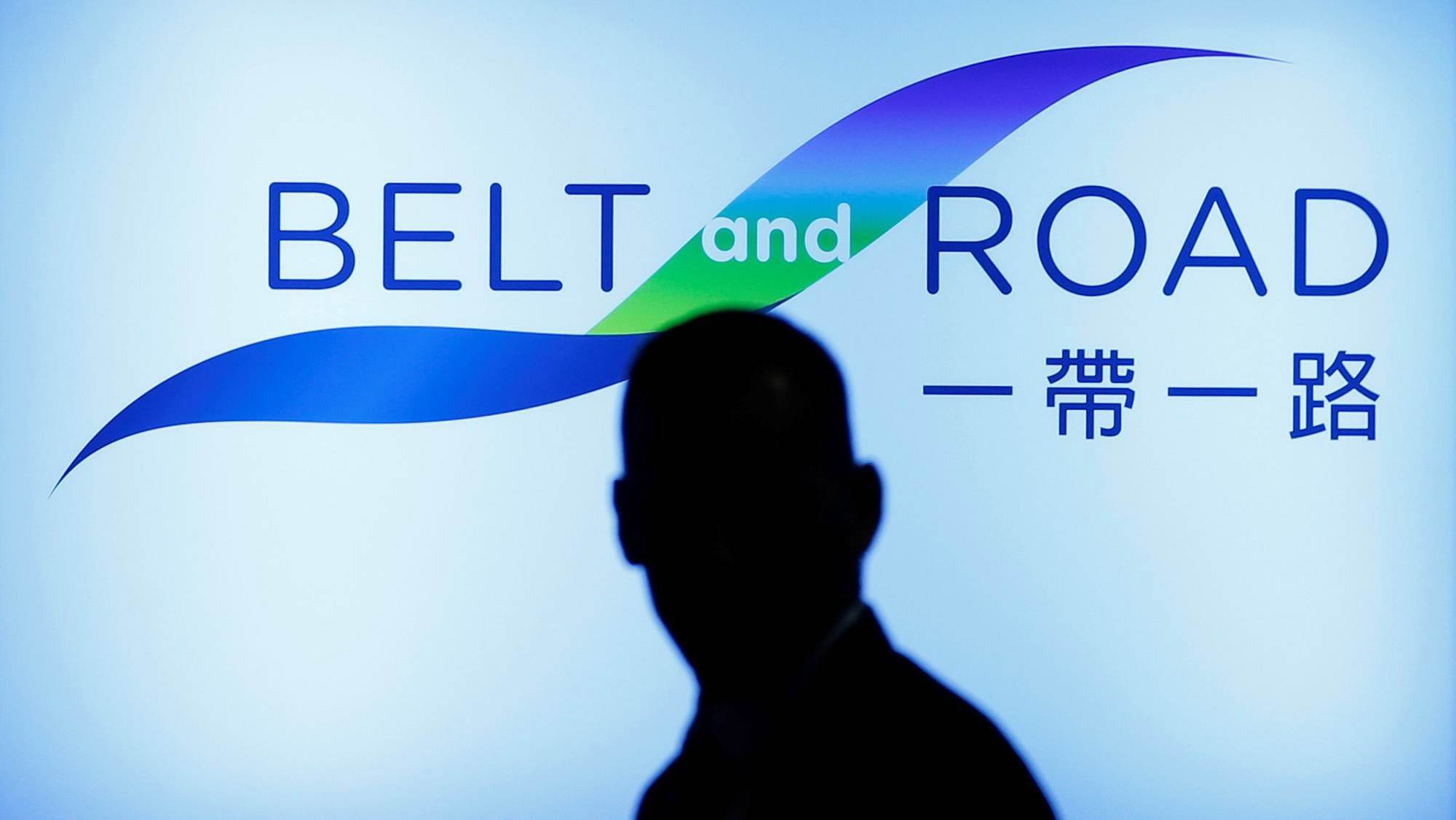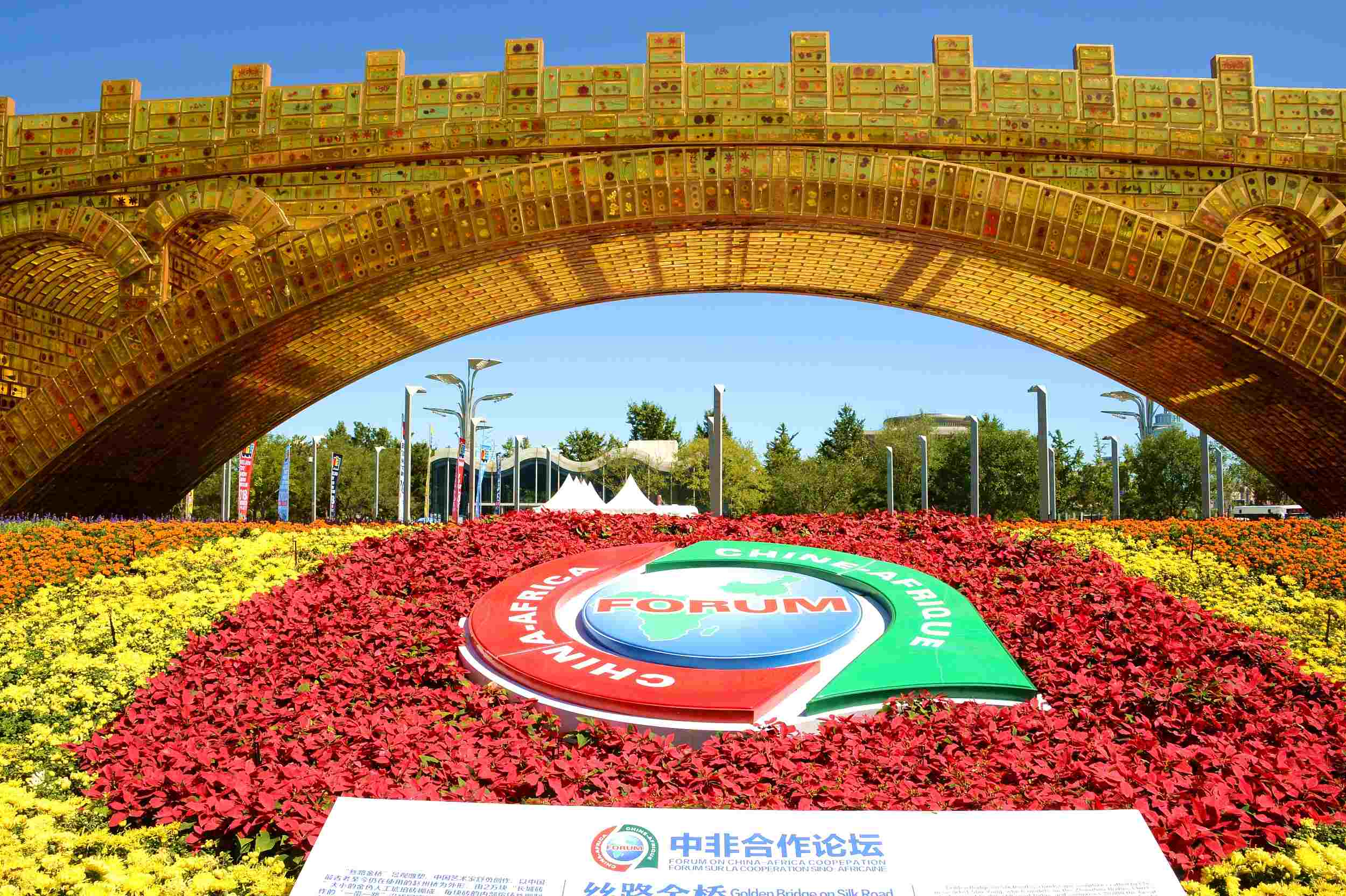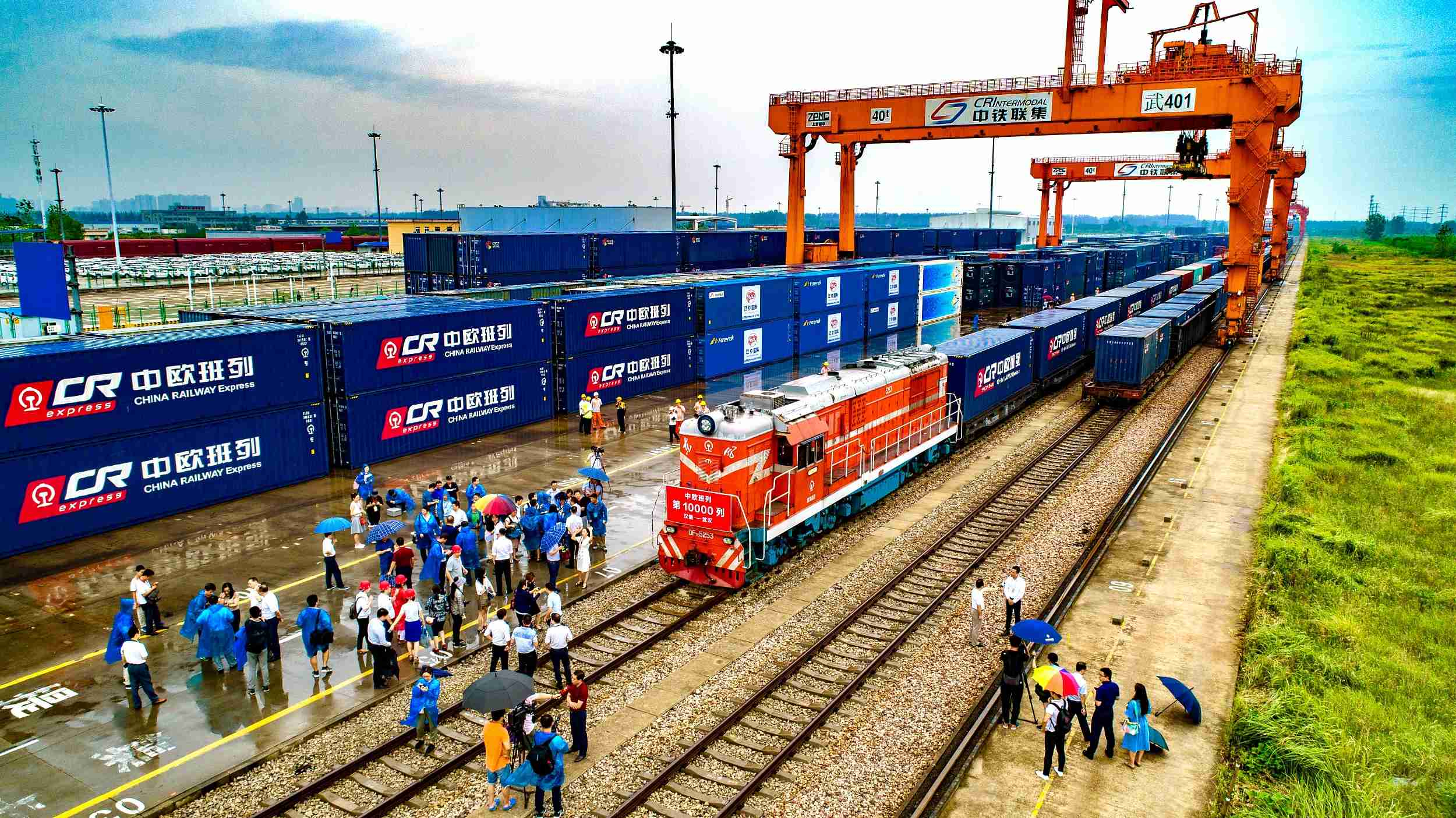
Opinion
19:00, 21-Apr-2019
Belt and Road Initiative is not 'Marshall Plan'
Wang Wen

Editor's Note: Wang Wen is the executive dean of the Chongyang Institute for Financial Studies at the Renmin University of China. The article reflects the author's opinions, and not necessarily the views of CGTN.
Despite the remarkable achievements made over the past five years, the Belt and Road Initiative (BRI) is still faced with some skepticism and misunderstanding at home and abroad. Some people regard the BRI as China's Marshall Plan. However, the two are essentially different in terms of intention, content, and additional conditions.
Politically, the Marshall Plan was highly ideologically motivated to serve the Truman Doctrine at that time. The purpose of the U.S. was to hold control over Western Europe through the Marshall Plan so as to fight against the Socialist camp led by the Soviet Union, the ultimate intention of which was to establish a U.S. hegemony.
In contrast, the BRI is neither politicized, nor targeting a third party. It is open to all members of the international community.
With China's position as the world's second-largest economy after four decades of rapid development, the BRI is aimed at sharing China's successful experience with other developing countries in such areas as promoting industrialization and urbanization, facilitating trade and investment, and boosting economic prosperity.
In doing so, all BRI countries will be able to ride the tide of economic development and share the dividends of growth.
Economically, the Marshall Plan was an aid plan, providing material resources as well as economic and labor assistance to rebuild Western Europe after the World War II so that the Western European countries could buy the surplus products of the United States.
The BRI, however, adopts a variety of investment modes, ranging from development bank loans and investment funds to public-private partnership (PPP) and business investment.
Popular destination areas of investment include electric power, telecommunications, transport, and other infrastructure projects, as well as water, food safety, health, climate change, and other projects essential to national economic development.

Belt and Road landscape sculpture in Beijing. /VCG Photo
Belt and Road landscape sculpture in Beijing. /VCG Photo
The BRI offers a wide array of cooperation modes in promoting infrastructure construction. Partners can either boost economic growth directly through investment, or foster economic development with increased output efficiency enabled by BRI infrastructure construction, or even pursue common development via Internet connectivity.
Therefore, enterprises will gain substantial benefits from the BRI in the long run.
With regard to additional conditions, the Marshall Plan attached numerous unequal and unfair conditions to its aid, depriving European recipient countries of their right to make independent economic policies.
American economic control over Western Europe was also consolidated by its institutional arrangements, such as those requiring Western Europe to reduce tariff barriers to the U.S., import American goods, and use a U.S. dollar-based clearing system.
The BRI is different. It is based on the principle of seeking common ground while reserving differences. It is an initiative aiming at greater connectivity in policy, infrastructure, trade and financial services, and closer people-to-people ties across the participating countries.
It strives to maximize benefits within the framework of South-South cooperation, with no political strings attached.
In terms of cooperative relations, the Marshall Plan, with the inclusion of Western Europe into the U.S.-dominated economic order featuring liberalism, aimed at seeking and maintaining U.S. hegemony in the world by making Western Europe dependent on the United States.
Unlike the Marshall Plan, the BRI is open to the world. The Asian Infrastructure Investment Bank, the Silk Road Fund and other financial institutions championed by China are open and inclusive.

China-Europe Railway Express. /VCG Photo
China-Europe Railway Express. /VCG Photo
The BRI is representative of the public goods China is offering to the international community, with China playing the role of a platform provider rather than the “chair.” It is not China's solo show, but rather a choir involving countries from around the world. The BRI is the embodiment of China's new concept of global governance.
In terms of implementation difficulty, the Marshall Plan helped rebuild Western European economies after the war, but the recovery was not that difficult thanks to their developed technology, human resources, and managerial expertise.
However, the BRI faces a very different and much more difficult journey. The first difficulty is brought by the sheer scope of the BRI. The 150 plus countries and organizations that have signed up for the BRI not only cover much wider territories than the Marshall Plan did but have substantially different economic structures.
The second difficulty is the lack of capital, technology, and talent in a vast number of these countries, which are still in the initial stage of industrialization.
In conclusion, the BRI is guided by the principle of achieving shared growth through consultation and collaboration. It establishes partnerships based on the conditions and needs of the countries along the routes.
It abandons the outdated zero-sum or winner-takes-all mindset. Instead of pursuing exclusive interests, it promotes mutual respect, peaceful coexistence, and common prosperity.
It strives to build a community with a shared future for humanity by promoting mutual trust and friendship through policy consultation and people-to-people exchanges and by building an integrated grand Eurasian market toward common economic growth of the countries.
All these features of the BRI make it significantly different from the Marshall Plan.
(If you want to contribute and have specific expertise, please contact us at opinions@cgtn.com.)

SITEMAP
Copyright © 2018 CGTN. Beijing ICP prepared NO.16065310-3
Copyright © 2018 CGTN. Beijing ICP prepared NO.16065310-3